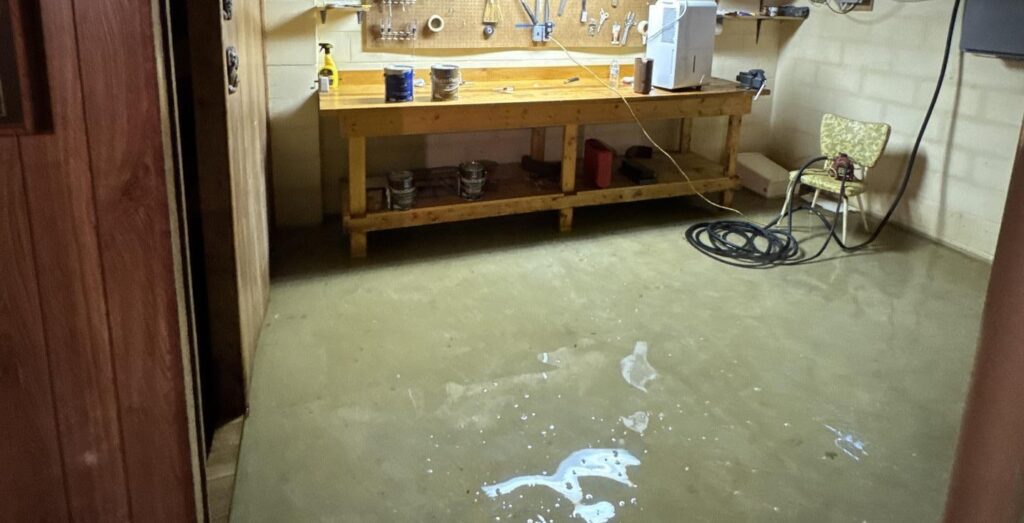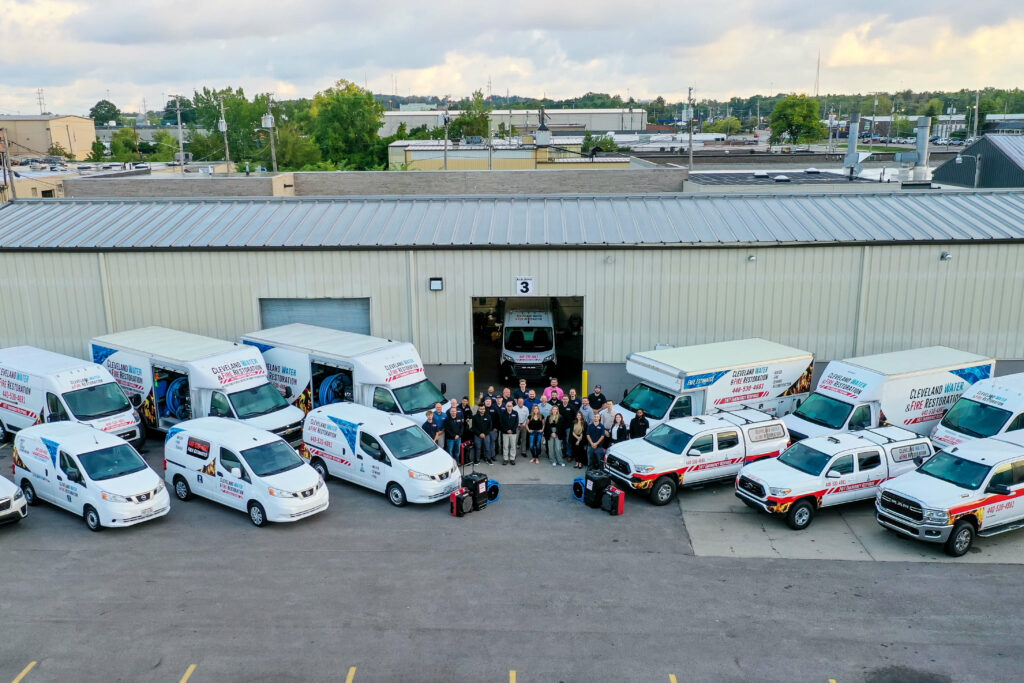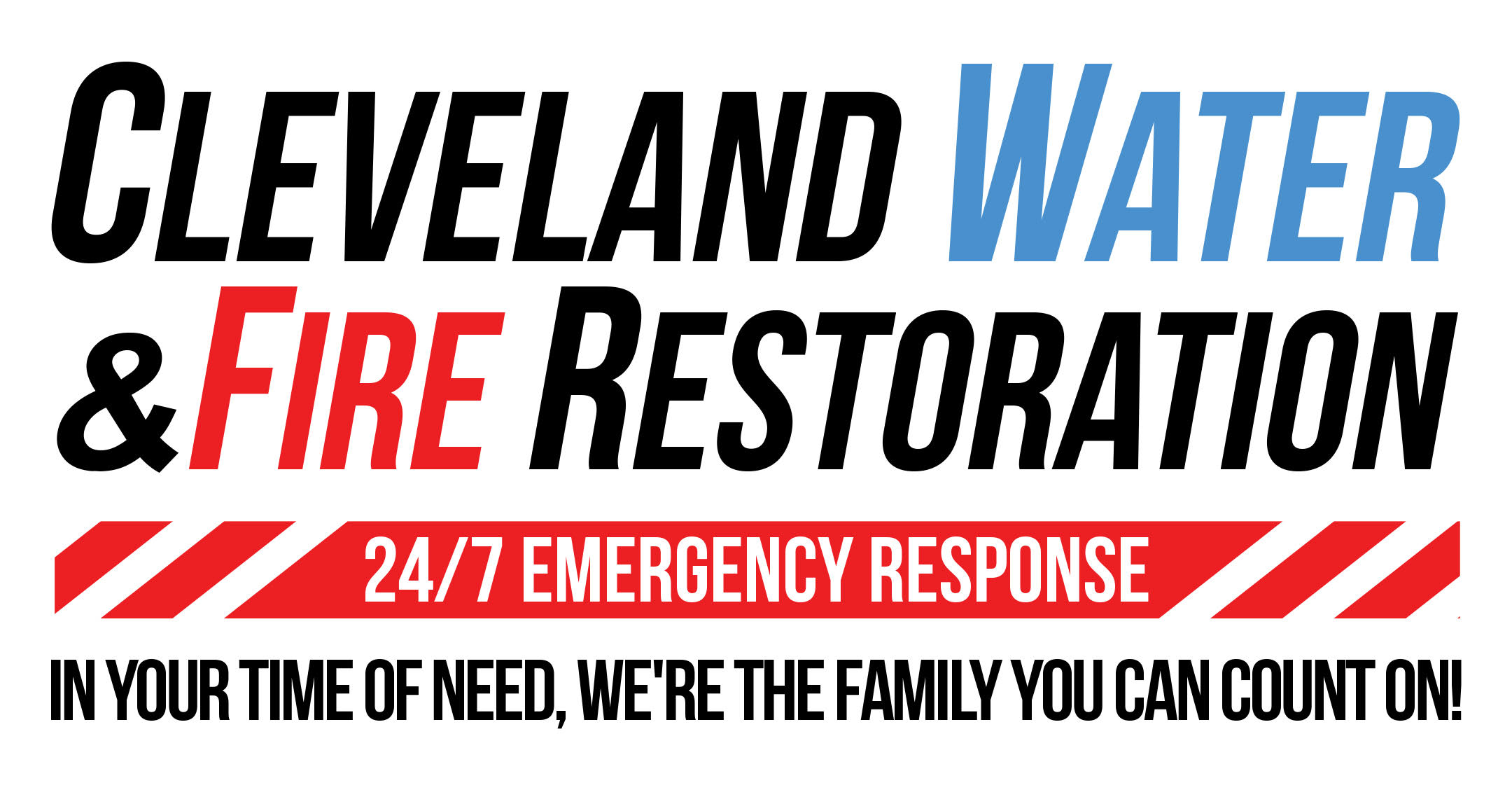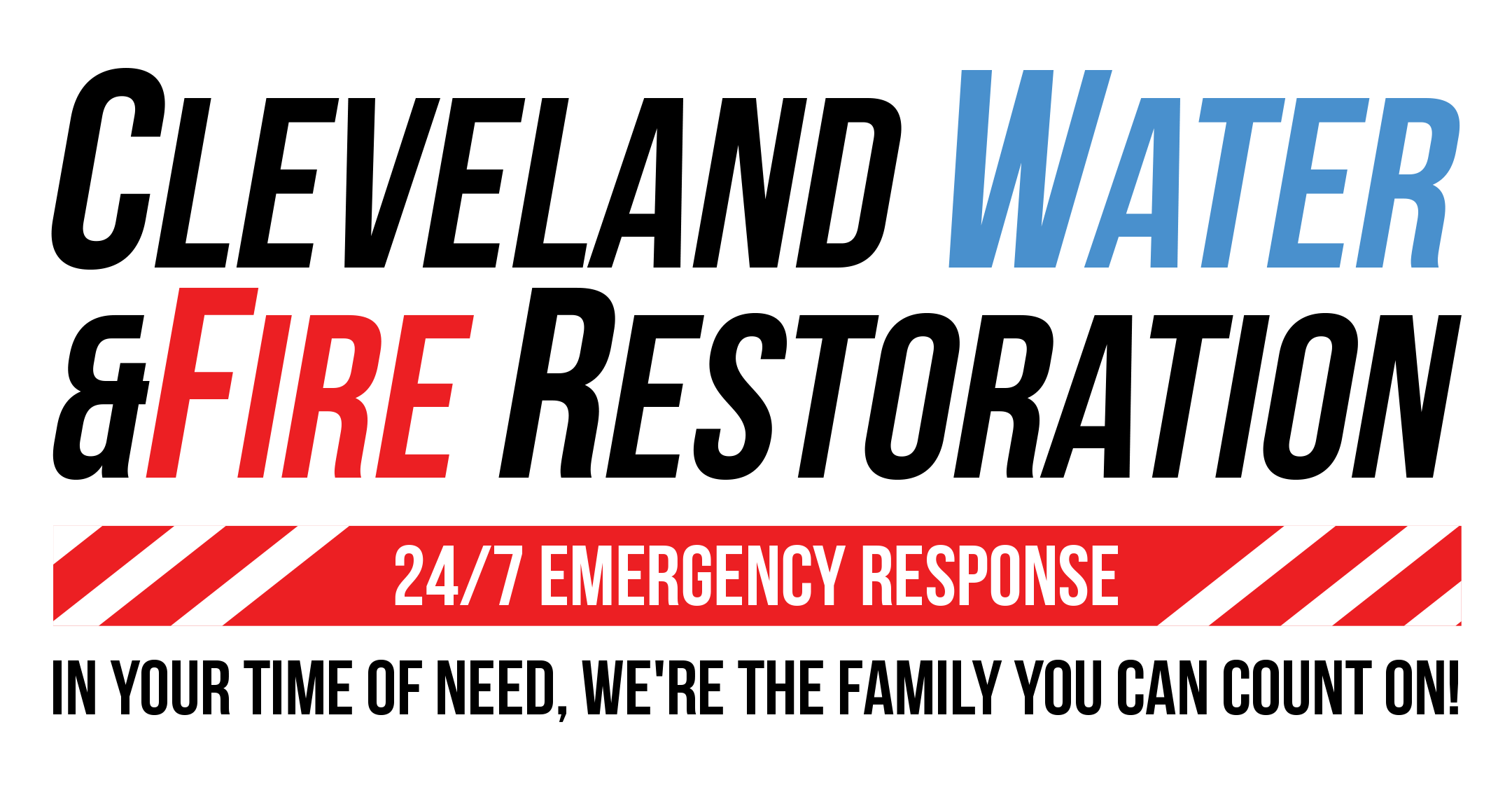Mold growth is a serious concern for homeowners because it threatens both the structure of the home and your family’s health. The big question is: will homeowners insurance pay for mold removal? The answer is often yes—but only when the mold results from a covered, “sudden and accidental” event, and even then, coverage is usually capped. Below, we unpack how coverage typically works and what you can do to protect your claim.
If you’re dealing with water damage now, fast action helps both with drying and with insurance: see Emergency Water Damage Cleanup & Restoration (24/7) and Mold Inspection & Removal.

Understanding Homeowners Insurance Coverage
Most homeowners policies are designed to cover unforeseen, accidental losses—think burst pipes, appliance failures, or storm-created openings. If water damage from a covered peril occurs and mold develops as a direct result, the policy may pay for mold remediation up to the mold sublimit written into your policy. Because time is critical after a water event, consider starting professional mitigation immediately: Emergency Water Damage Cleanup & Restoration.
Tip: After a loss, use precise, factual language about the cause of loss (e.g., “sudden pipe burst on March 3”). You should still note any mold you observe, but ensure the claim centers on the covered water event.
Mold Coverage Limitations
Most standard policies include a mold coverage cap (a sublimit). Common limits can be a few thousand dollars, though some carriers offer endorsements to increase that amount (e.g., to $10,000 or more). Whether you can use that limit depends on the cause of the mold. Ask your agent about options to enhance coverage before a loss happens, and consider preventive steps in moisture‑prone areas: Mold Inspection & Removal and Our Emergency Cleanup & Restoration Services.
When Mold Is Covered: Sudden and Accidental Events
Coverage generally applies when mold is the direct result of a covered peril, such as:
- A burst pipe while you’re away
- A washing machine supply line failure
- Storm damage that creates an opening allowing water intrusion
In these scenarios, the water damage is covered (subject to your policy), and resulting mold remediation is typically covered up to the mold sublimit. Begin mitigation quickly to limit damage and support your claim: Emergency Water Damage Cleanup & Restoration and Storm Damage Cleanup & Restoration.
When Mold Is Not Covered: Maintenance Neglect
Insurers usually deny mold claims caused by deferred maintenance or long‑term issues, such as:
- A chronic roof leak ignored for months
- Foundation seepage left unaddressed
- Ongoing plumbing drips that were never repaired
Because insurance is intended for sudden losses—not gradual damage—these situations are often excluded. Staying proactive helps prevent costly denials. For context on why speed matters, see What Happens When You Don’t Act Fast With Water Damage.
The Role of Homeowner Response Time
Mold can begin to develop within 24–48 hours after a water event. If you delay mitigation and the situation worsens, insurers may cover the initial water damage but deny some or all mold‑related costs as avoidable. Prompt drying, dehumidification, and documentation can protect both your home and your claim. Learn what to expect during mitigation here: What to Expect with Water Damage.
Steps to Maximize Coverage
- Review Your Policy Confirm mold sublimits, covered perils, and required duties after a loss. If you have questions, your agent can explain options to increase mold coverage.
- Increase the Mold Coverage Limit (If Available) Ask about endorsements that raise the mold sublimit to match your risk tolerance and local conditions.
- Perform Regular Maintenance Fix leaks, maintain roofing and flashing, and improve drainage/ventilation to minimize risk. For areas with recurring humidity, consider preventive services: Mold Inspection & Removal.
- Document Everything Take date‑stamped photos/videos, save receipts, and keep a timeline of actions. This supports your claim and helps your restoration team. See What to Expect with Water Damage.
- File Timely, Accurate Claims Report the incident promptly and describe the water damage cause clearly. Note any visible mold as a consequence of that event. Begin professional mitigation right away: 24/7 Water Damage Restoration.

When to Call a Professional
Call a certified team if you notice musty odors, visible growth, or if water has reached porous materials (drywall, insulation, subfloors). Cleveland Water & Fire Restoration provides:
- Rapid water extraction and structural drying
- Moisture mapping and hidden‑leak detection
- Mold inspection, testing, and remediation
Start here: Mold Inspection & Removal, Emergency Water Damage Cleanup & Restoration, or Contact Us (24/7). For education and planning, browse Mold Removal After Water Damage: 4 Reasons to Act Quickly and Mold Remediation: 6 Common Misconceptions.
Bottom Line
Homeowners insurance often covers mold removal only when it directly results from a covered, sudden, and accidental water loss—and only up to your policy’s mold sublimit. The best way to protect your home and your claim is to act fast, document well, and get professional help early.
This article is for general information only and is not legal or insurance advice. Coverage varies by policy and carrier. Consult your insurance professional for specifics about your policy.

